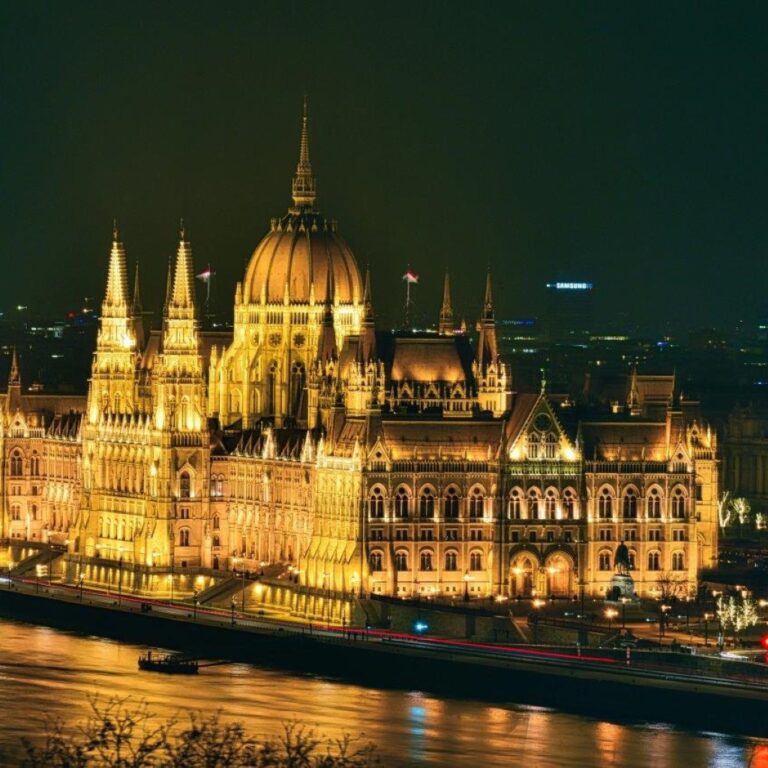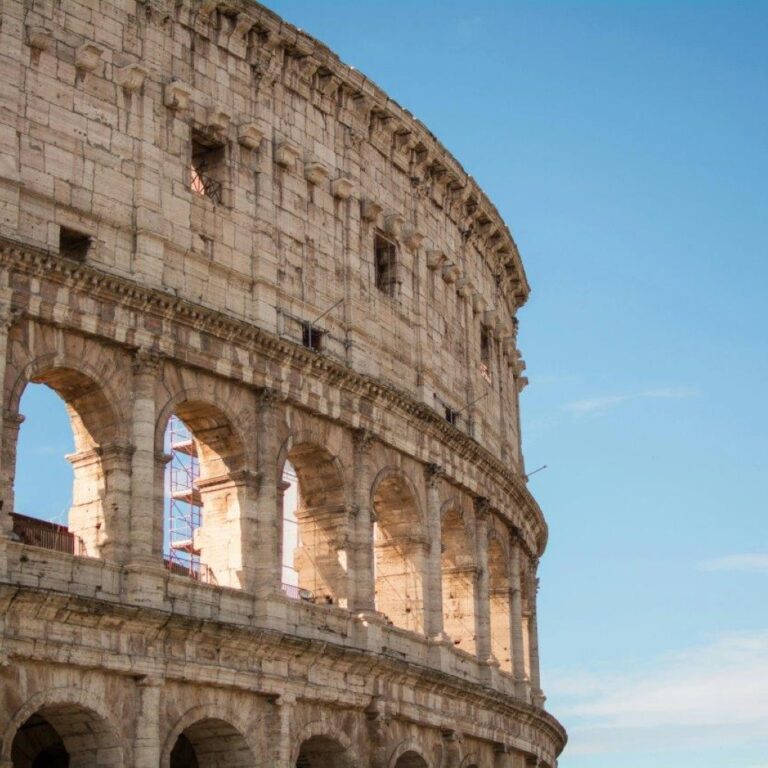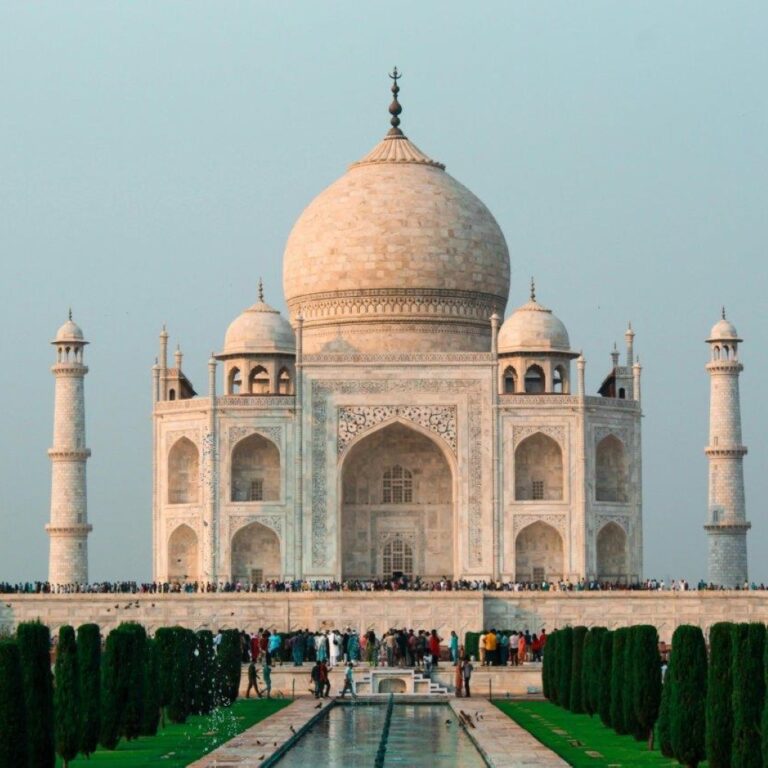The Hungarian Parliament Building, also known as the Országház, was designed by architect Imre Steindl and completed in 1902.
The building is the largest in Hungary and the third-largest parliament building in the world, covering an area of 18,000 square meters (194,000 square feet).
The Parliament Building stands at 96 meters (315 feet) tall, symbolizing the year 896 when the Magyars settled in the Carpathian Basin.
The building features a stunning Neo-Gothic architectural style, with Renaissance and Baroque elements, making it a visual masterpiece.
The interior of the building is just as impressive, with 10 courtyards, 13 elevators, 27 gates, 29 staircases, and 691 rooms.
The main facade of the Parliament Building faces the Danube River, offering a picturesque view from the water and the opposite bank.
The central dome of the building is 96 meters high and is supported by 16 columns, each adorned with statues of Hungarian rulers and military leaders.
The Parliament Building houses the Holy Crown of Hungary, which has been used in the coronation of Hungarian kings since the 12th century.
The building's exterior is decorated with 88 statues of Hungarian rulers, Transylvanian leaders, and famous military figures.
The interior is richly decorated with frescoes, stained glass windows, and statues, showcasing the craftsmanship and artistry of Hungarian artists.
The grand staircase leads to the Dome Hall, the ceremonial heart of the building, where important state events and receptions are held.
The building's design was chosen through an international competition, and its construction took 17 years, from 1885 to 1902.
The Hungarian Parliament Building was heavily damaged during World War II and the Hungarian Revolution of 1956 but has since been restored to its former glory.
The Parliament Building is not only a political center but also a popular tourist attraction, offering guided tours that provide insights into its history and architecture.
At night, the Parliament Building is beautifully illuminated, creating a stunning reflection on the Danube River and enhancing its majestic appearance.


